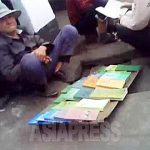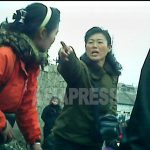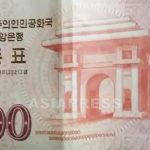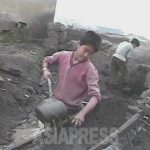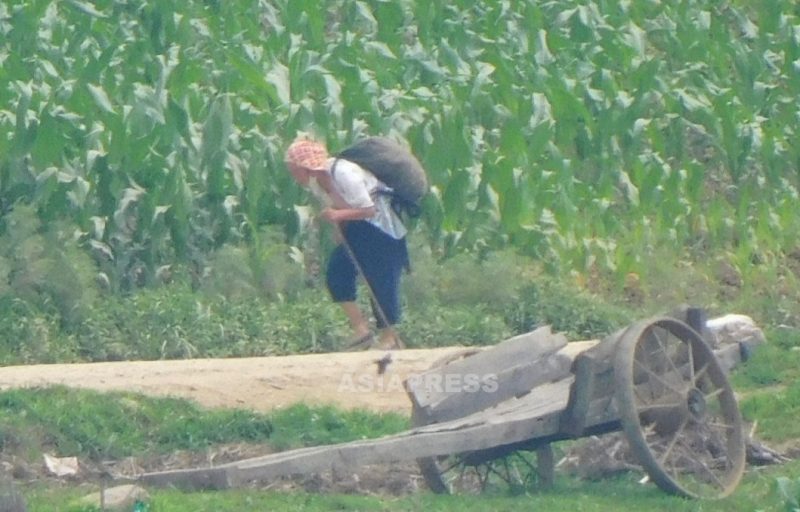
ASIAPRESS informed its readers about the severe food shortages in North Korea’s rural areas in March, but the situation has continued to worsen since the start of summer as the number of farmers suffering from malnutrition increase. Amid fears of spreading famine, North Korean authorities finally distributed emergency rations in August. An ASIAPRESS reporting partner in North Hamgyung Province surveyed the situation at a collective farm in the province in mid-August and made the report below. (KANG Ji-won)
◆ A collective farm where 30% of the farmers are short of food
The collective farm the reporting partner surveyed is located near a city in North Hamgyung Province. The farm has around 500 employees who mainly cultivate corn. The farm is slight smaller than average compared to other farms in the province.
Farmers at the farm began to starve in early March, which was when food and cash-short households began to appear. The authorities demanded that the farm’s managers deal with the problems “autonomously.” Farm managers and farmers with wealth were told repeatedly to distribute around 1-2 kilograms of corn to the food and cash-short households. That is how the food-short households have held on so far.
The situation at the farm has not improved at all, however. ASIAPRESS’s reporting partner said:
“There are 3-5 food-short households per sub-work team. There are a considerable number of people whose faces have swollen and who can’t even get up because of malnutrition. The work team of someone I know has three food-short households.”
Sub-work teams are the lowest-level production units at North Korean farms. They are typically made up of around 10 people. Based on the reporting partner’s report, around 30% of the farm’s employees and their families are facing starvation.
◆ Finally, the government hands out emergency rations of 7.5 kilograms in August
The farm’s managers reported up the line that they had exhausted all resources to solve the food shortages. Then, in August, the province distributed emergency rations to the farm. ASIAPRESS’s reporting partner explained:
“One month’s worth of food was handed down to each farmer, with one day’s worth of food equaling 250 grams per farmer. All the food was from China. Someone I know at the farm received 5 kilograms of white rice and 2.5 kilograms of corn powder. Originally, the plan was to hand out the rations just to food-short households, but everyone at the farm is facing difficult conditions so everyone received some. That being said, the food was distributed for free; the payment for the food will have to be made after the fall harvest. Regardless, the farmers were all very happy.”
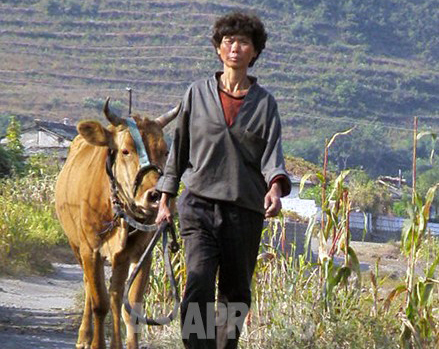
◆ A system that allows food producers to suffer from starvation
It’s not new for North Korean farmers to suffer difficulties. The reason food producers are experiencing starvation is because the government takes too much of the harvest they sow. Even if production quotas aren’t met, the state still receives a set amount of food, and farmers are repeatedly forced to suffer from starvation starting in spring, when they’ve finished eating the food they are able to keep for themselves.
The state’s share of the harvest, meanwhile, is distributed to military, party and government officials, along with Pyongyang residents and the police, including those working in security agencies and employees of munitions factories. This exploitation of farmers creates a situation where they are constantly faced with food shortages.

